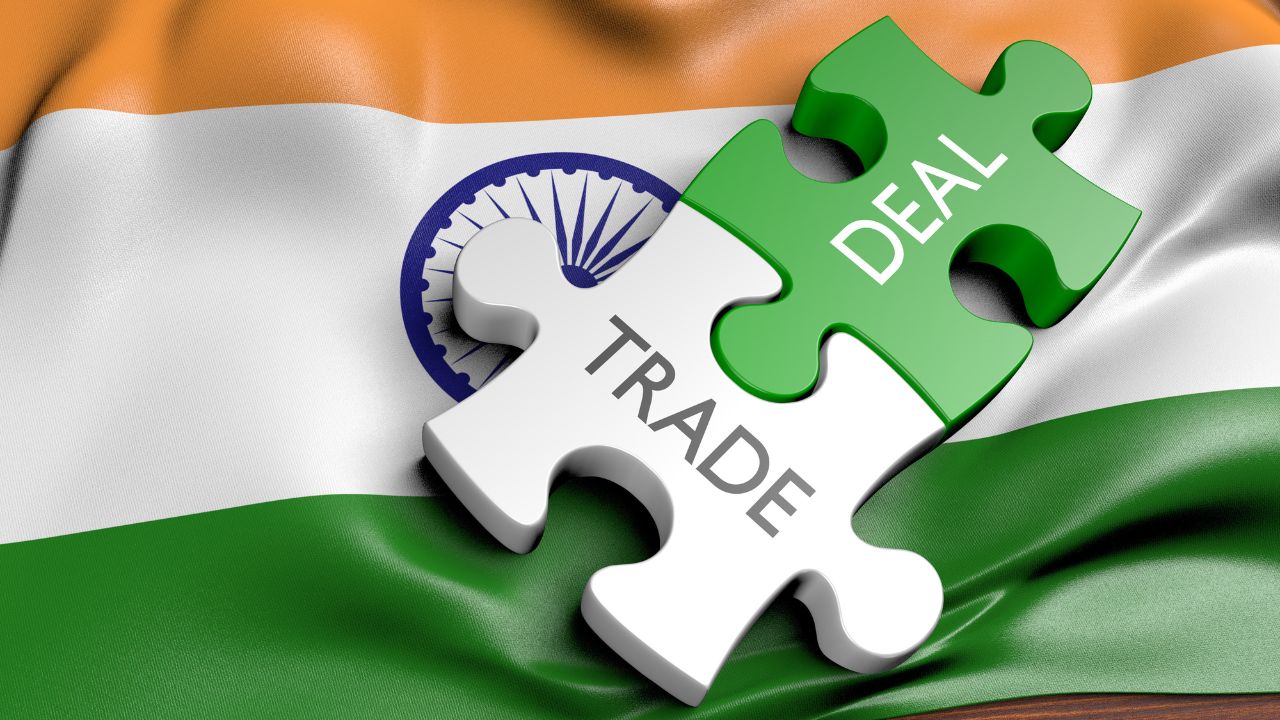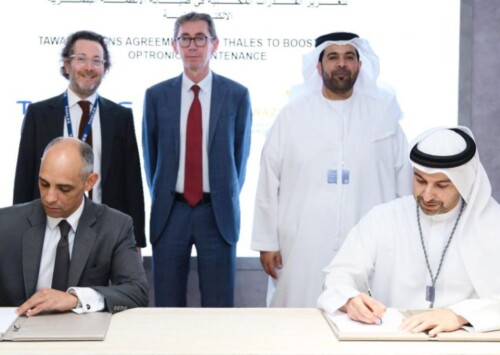India’s expanding trade horizons: Major FTAs in 5 years
Aims for over USD 100 billion growth through trade deals
Over the past five years, India has signed several major Free Trade Agreements (FTAs) with countries and regional blocs across the globe. From Africa and the Gulf to Europe and Southeast Asia, these FTAs aim to boost trade volumes, attract foreign investment and strengthen India’s economic footprint in critical regions.
Even as the negotiations between the United States and India for a Free Trade Agreement continue in the wake of steep tariffs on Indian imports imposed by US President Donald Trump, India has signed five major free trade agreements over the past five years, marking a decisive shift in its global trade strategy.
These deals, with countries and blocs across different regions, reflect the country’s growing focus on export-led growth, investment partnerships, and integration into global value chains.
India-Mauritius CECPA in 2021
In 2021, India signed the Comprehensive Economic Cooperation and Partnership Agreement (CECPA) with Mauritius. It was India’s first such agreement with an African nation. The deal granted preferential market access for over 600 Indian goods and opened up several service sectors for bilateral engagement.
While detailed post-agreement trade data is limited, the CECPA established an important trade and diplomatic foothold for India in Africa and set a template for future South-South economic cooperation.
India-UAE CEPA in 2022
Another major breakthrough came in 2022 with the signing of the Comprehensive Economic Partnership Agreement (CEPA) between India and the United Arab Emirates. The agreement aimed to boost non-oil trade to USD 100 billion by 2030. Its early impact was visible almost immediately, bilateral trade rose to USD 84.5 billion in the first full financial year after implementation, reflecting a 16 pc year-on-year increase.
Indian exports in sectors like gems and jewellery, engineering goods, food products and pharmaceuticals saw notable growth. The UAE gained greater access to Indian markets for energy, infrastructure and logistics investments, and the deal strengthened one of India’s most significant economic relationships in the Gulf.
India-Australia ECTA in 2022
Later in 2022, India signed the Economic Cooperation and Trade Agreement (ECTA) with Australia. It eliminated tariffs on 85 pc of Australian exports to India and 96 pc of Indian exports to Australia, with coverage set to rise to nearly 100 pc by 2026. Australian coal, wool, and wine entered India with reduced duties, while Indian goods such as textiles, pharmaceuticals, and IT services gained new market access.
The ECTA also paved the way for increased student and professional mobility between the two countries, adding a services dimension to the trade partnership.
India-EFTA TEPA in 2024
In March 2024, India entered into a significant agreement with the European Free Trade Association (EFTA), which includes Switzerland, Norway, Iceland, and Liechtenstein. The Trade and Economic Partnership Agreement (TEPA) was notable not only for reducing tariffs but also for its strong focus on investment.
The EFTA countries committed to investing USD 100 billion and creating over 1 million jobs in India over 15 years. The deal is also expected to bring advanced technologies and sustainable development expertise to key Indian sectors. As of mid-2025, the agreement is awaiting full ratification, with implementation scheduled to begin from October.
India-UK CETA in 2025 (pending implementation)
Most recently, India and the United Kingdom signed the Comprehensive Economic and Trade Agreement (CETA) on July 24. This is one of India’s most wide-ranging trade deals to date. It grants 99 pc of Indian exports duty-free access to the United Kingdom market and is expected to double bilateral trade to USD 120 billion by 2030. The agreement also covers digital trade, intellectual property, services, and public procurement.
It has been praised by Indian industry bodies, especially in sectors such as textiles, leather goods, and IT, which stand to benefit from smoother UK market access. The agreement is currently awaiting approval in the UK Parliament and is expected to come into effect within a year.
Evolving trade landscape
India’s older trade relationships have also evolved during this period. The ASEAN-India Free Trade Agreement (AIFTA), which came into effect in 2010, is undergoing a critical review. Despite bilateral trade reaching USD 123 billion in FY2023, India’s widening trade deficit with ASEAN has sparked calls for recalibration.
Imports from ASEAN stood at USD 87.6 billion, while exports lagged at USD 44 billion. In response, India and ASEAN are actively negotiating updates to the agreement, with the next round of talks scheduled for October 2025. The review aims to address tariff asymmetries, safeguard Indian manufacturing interests, and facilitate more equitable trade flows.
Another foundational agreement that continues to influence India’s economic engagement is the Comprehensive Economic Cooperation Agreement (CECA) with Singapore, signed in 2005. Although not a new FTA, it remains a pillar of India–Singapore trade relations. As part of the deal, more than 3,000 goods have been brought under zero tariff regime, while another 2,000 goods have seen their import tariffs reduced under CECA.










